How the Promise of Nuclear Energy Draws the West to Mongolia

A worker tends to synthetic resin tanks at the Zuuvch-Ovoo uranium mine in the Gobi Desert. Credit - Nanna Heitmann—Magnum Photos for TIME
The Gobi Desert, once revered by Mongolian poet Dulduityn Danzanravjaa as hiding a cosmic portal to the heavenly kingdom of Shambala, was transformed in the 20th century from spiritual energy center to fossil-fuel hub. Wild rabbits and donkeys share the windswept dunes with rusting oil pumps, while an endless caravan of soot-stained trucks haul coal south to the border with China. Now, the Gobi is on the cusp of another reincarnation, one that its supporters believe could help future-proof the global energy landscape.
In October, the French state-owned nuclear firm Orano signed a $1.7 billion deal to extract and process uranium from the Zuuvch-Ovoo mine, not two hours by car from the landmarked site of Danzanravjaa’s cosmic portal. Mongolia’s first uranium mine is expected to produce about 2,750 tons annually for three decades, some 4% of global production; it’s currently one of the top 10 unexploited deposits worldwide.
“This deposit is far from the only one,” says Olivier Thoumyre, a senior vice president for Orano. “There is huge potential in Mongolia ... to enter the uranium market at the right time, because we know needs are going to increase.” Mongolia boasts the world’s second largest uranium reserves, which promise to catapult this landlocked nation of 3.5 million into position as a key player in the global renewable-energy transition.
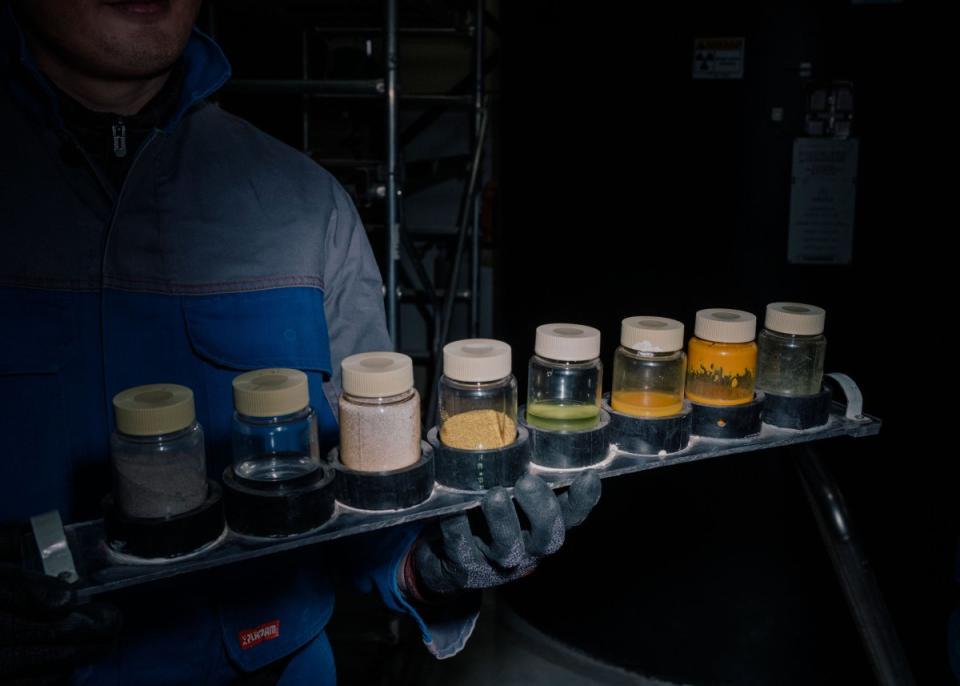
Catalyzed by the war in Ukraine and Europe’s desire to wean itself off cheap Russian gas, support is booming for clean nuclear energy, which generates electricity by splitting atoms of uranium or plutonium. The enthusiasm must overcome deep anxiety over reactor meltdowns such as those at Chernobyl in 1986 and Fukushima in 2011, questions about the disposal of nuclear waste, and the potential for plants to be targets of war or terrorism. But historic fatalities across seven decades of the civil nuclear industry are measured in the low thousands. Meanwhile, air pollution from burning fossil fuels is estimated to cause 5 million deaths every year.
Today, nations from Romania and Saudi Arabia to Bangladesh and Indonesia are exploring nuclear plants. The E.U. has included nuclear power plants in its list of “green” investments that can be funded by its own green bonds, given the energy produced boasts just a quarter of the carbon footprint of even solar. At COP28, more than 20 countries across four continents asked to triple the world’s nuclear energy capacity by 2050. Even Germany, which shuttered most of its 17 reactors after Fukushima, is now openly considering developing small modular reactors. “Today, we probably have more of a problem of capacity than public acceptance,” says Thoumyre.
Diversifying uranium supplies also makes sense for the U.S. Despite strict sanctions on oil and gas over Vladimir Putin’s war of choice, the first six months of 2023 saw Russian shipments of enriched uranium to America’s 92 commercial nuclear reactors more than double, to $695.5 million. On May 13, U.S. President Joe Biden signed legislation to curb this supply, though experts predict that it will take at least five years of heavy investment for the U.S. to break its Russian uranium dependency.
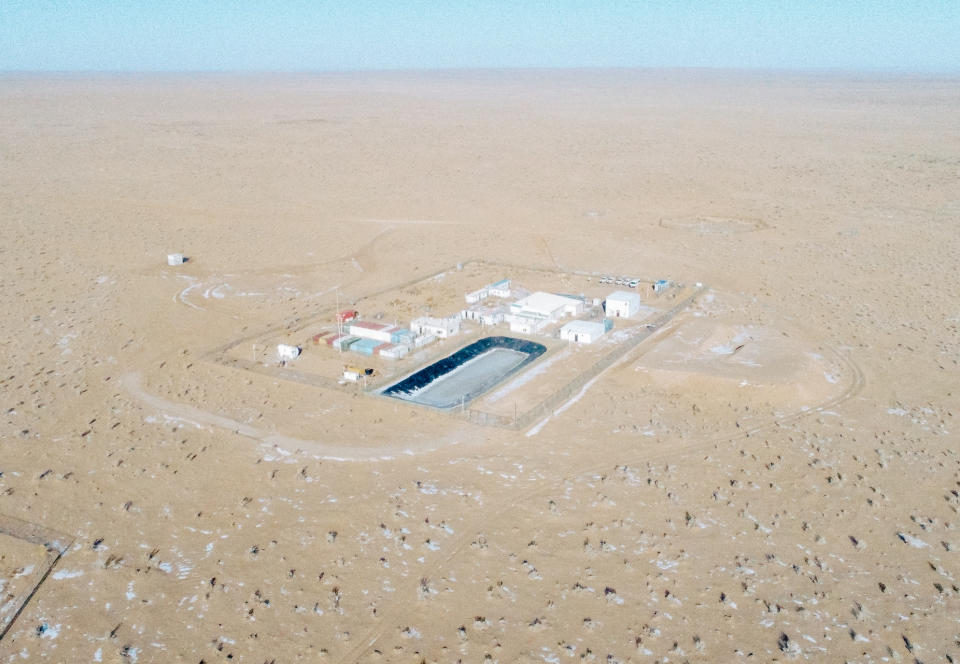
Mongolia can help in that regard, if it steps lightly. It may be an adolescent, rambunctious democracy, but a nation squeezed between Russia and China—and whose capital, Ulan Bator, literally translates as “red hero”—cannot shrug off historical and geopolitical baggage so easily. Since democratization in 1990, Mongolia has cultivated ties with the West via its “third-neighbor policy,” of which the Orano deal is a prime example. But a nation reliant on Beijing for 90% of trade and Moscow for 90% of imported gas and petroleum must tread carefully in this fraught new era of great-power competition. “Russia feels Mongolia’s mines are really their assets because Soviet money was invested into them,” says Ken de Graaf, a former vice chairman of the North America–Mongolia Business Council.
Mongolia is an acute illustration of the geopolitical, environmental, and economic challenges facing mineral-rich nations seeking to benefit from emerging technologies, whether supplying indium for flat-screen TVs, rhenium for jet engines, or gallium for smartphones. With mining already accounting for a quarter of GDP and 90% of exports, the hope in Mongolia is that this generation of energy extraction works out better than the last. The nation remains blighted by endemic poverty and, because of a reliance on coal for heat and power, some of the planet’s most rancid air. Over the past decade, respiratory diseases in Ulan Bator—the world’s most polluted capital—have increased nearly three-fold, with pneumonia the second leading cause of death among young children today. Miscarriages are 3.5 times as common in Ulan Bator’s polluted winter as in the comparatively clear summer.
But resource exploitation is a charged issue in Mongolia, a third of whose people are nomadic and fiercely protective of ancestral lands, worshipping the Eternal Blue Sky and considering even a shallow trench a shameful defiling of Mother Earth. The challenge for Mongolia’s government is to safely harness the benefits of the resource boom while mitigating pushback within its borders and beyond.
“I’m confident that we will have a successful cooperation with Orano,” Mongolian Prime Minister Oyun-Erdene Luvsannamsrai tells TIME. “But it is important for us to have public acceptance so that the project can be legitimate among the people of Mongolia.”
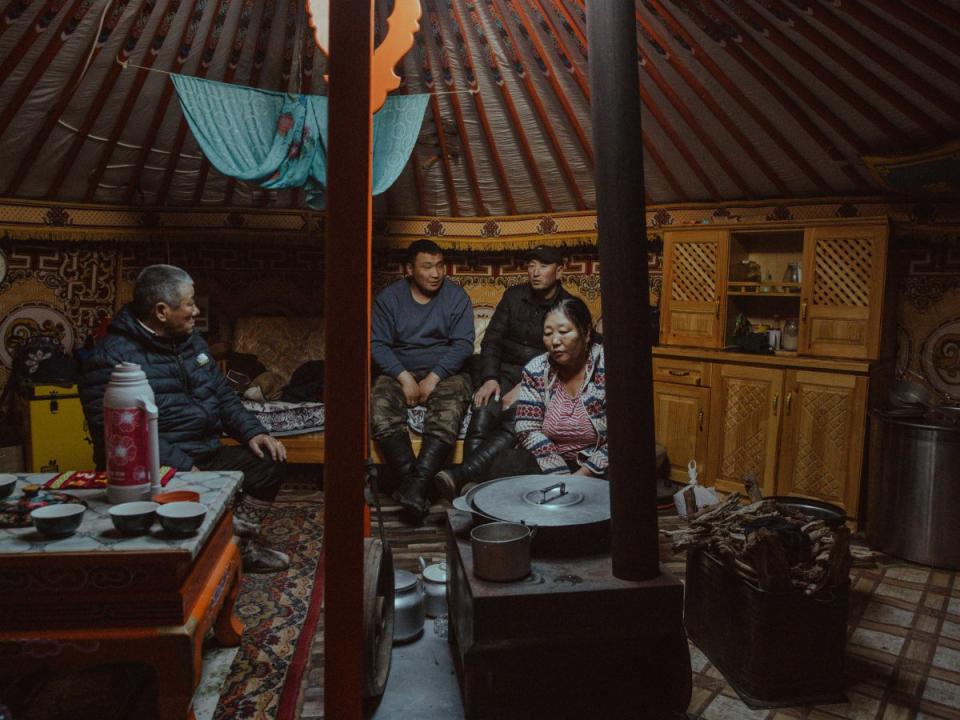
Securing that legitimacy has been a key focus for Orano, which formed a local joint venture, Badrakh Energy, to run Zuuvch-Ovoo alongside Mongolian state mining company Erdenes Mongol LLC. Orano began exploring the Gobi back in 1997, discovering its first uranium deposits in 2006 and obtaining licenses in 2016. It then built a pilot project to demonstrate feasibility, producing 11 tons of uranium over 18 months during 2021 and 2022. The pilot project remains staffed by a skeleton crew, though the site will likely be used for training the 800 permanent staff for the full mine, construction of which is slated to take three or four years.
Practically all Zuuvch-Ovoo’s neighbors are nomads who live in gers, otherwise known as yurts—felt-covered domed tents of latticed wood with central dung-burning stoves. Mongolians assemble their gers to face south to catch the light; they can be easily transported on camels to follow grazing herds and reassembled in under an hour. It’s a harsh existence with temperatures in the Gobi plunging to –40°F in the winter and soaring to 113°F during summer. Gers are still constructed as they have been for millennia, albeit now with solar-powered televisions, refrigerators, and wi-fi connections.
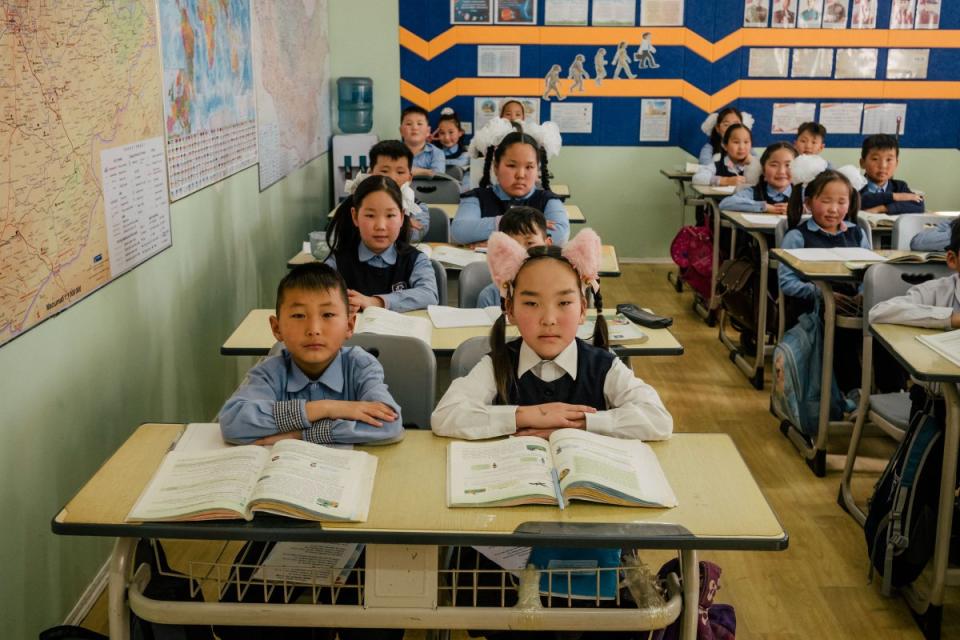
When Orano first set up camp nearby, the herders were suspicious, unnerved by alarmist social media posts that incorrectly suggested radiation from uranium could cause mutations in livestock. (Toxic waste is a concern nuclear power plants must deal with, but mining raw uranium exposes workers to far less radiation than a job as a hospital radiologist would.) Staff would be chased away by furious locals, who hurled dead animals and once even a Molotov cocktail into the mine’s compound. It didn’t help that Mongolia’s first COVID-19 case was an Orano employee visiting from France, a fact that energized demonstrations. But a slow and steady outreach program has quelled concerns. Orano committed to putting $1 million annually into community projects near Zuuvch-Ovoo, whose pilot site welcomed 670 visitors in 2023—herders, students, and NGOs, to whom the company strove to explain the mining process. “There were a lot of rumors at the start about animals dying,” says a herder’s wife, Tsevelmaa Narantogtool, as she plays by her ger with her 3-year-old son, Irmuunbileg, proudly showing off his SpiderMan pajamas. “But it’s been years now, and nothing has happened.”
To be sure, history is rife with examples of supposed progress whose real harms have not become clear until decades later. (To wit: climate change.) No fewer are the examples of damage done by those who seek that progress, to peoples who live more in sync with the earth.
But it helps that Zuuvch-Ovoo is far from a conventional mine. The uranium deposit lies some two to five miles below the surface and is sandwiched between two thick layers of clay. This distinct geography allows in situ recovery, or ISR, a leaching process during which acidified water is pumped deep to the deposit via narrow, vertical tubes. The acid dissolves the uranium before being retrieved at the surface via a network of outlet pipes. The uranium is then removed and processed into yellowcake, a low-grade form with the claggy texture of spent coffee grounds. Eventually, this can be enriched into fuel rods.
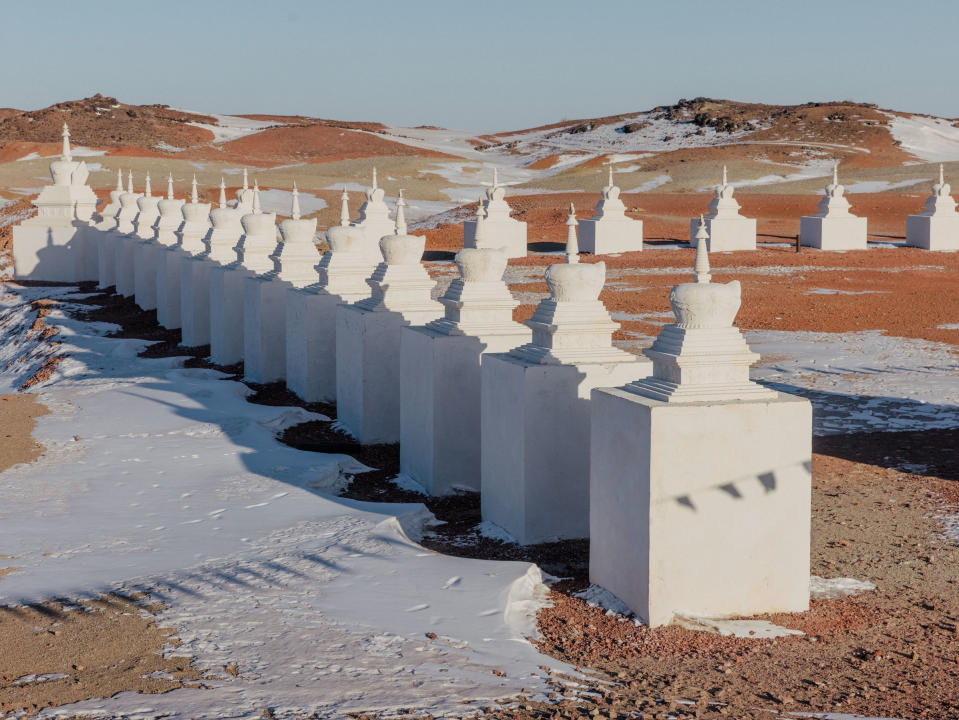
It’s in theory a “closed loop” process where vital groundwater is completely sealed from possible contaminants. What’s more, there’s no gaping quarry, pit tunnels, diggers, noise, dust, or choking diesel emissions. The only evidence of this “mine without a mine,” as Orano likes to put it, is a network of stumpy pipes poking out of the surface of the desert, through which camels and horses can wander just as before. While mining operations occur across a concession of some 35 acres, only a tiny section used for production facilities and crew housing is fenced off.
Still, the project has been dogged by controversy. In 2018, French prosecutors began investigating Orano for alleged bribery of a public official in Mongolia involving a third-party consulting firm. (Orano says it is cooperating with the ongoing investigation.) The French anti-nuclear network Sortir du Nucléaire has criticized the leaching process for the quantities of acid used, and in 2018 a group of Mongolian citizens filed a complaint against Badrakh Energy, alleging a spike in livestock malformations as well as cancers and miscarriages nearby. In response, Orano points to independent monitoring by Mongolia’s Academy of Sciences that found no discernible impact to local water, soil, air, or vegetation.
That hasn’t stopped traders and rival herders from leveraging the mine to barter down the price for local animals. “People say our meat is toxic because of the uranium,” says Munkhsuuri Dambadarjaa, 41, a herder who grazes his 1,500 cows, horses, sheep, goats, and camels next to Zuuvch-Ovoo. “But if so, how come we are still alive?”
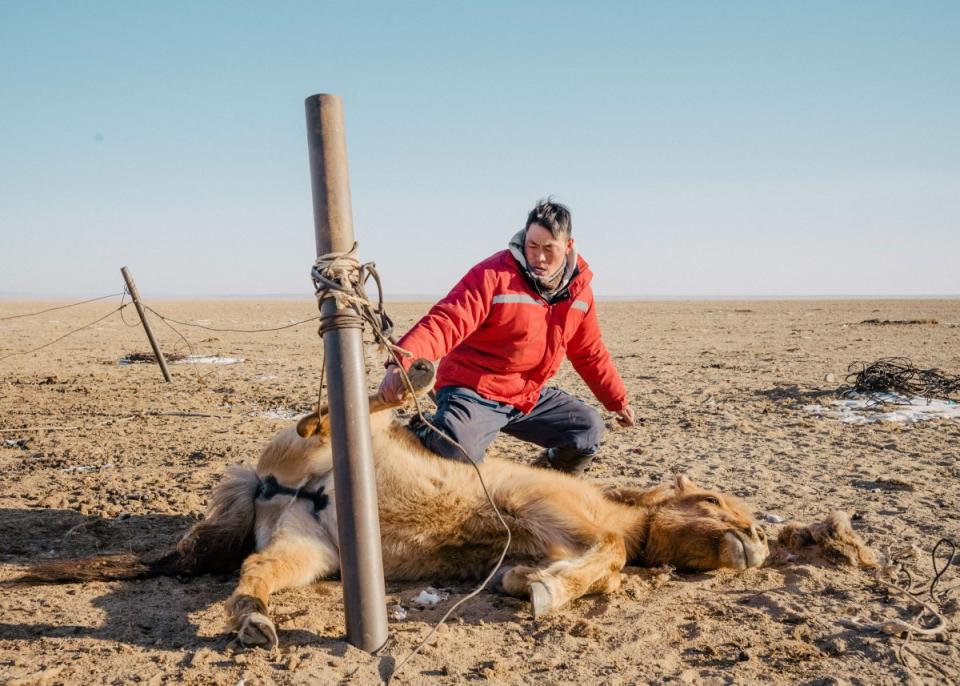
Nuclear power and the mining projects necessary to fuel it will always have detractors. However, the Gobi’s increasingly problematic winters have inadvertently served as a propaganda tool. During the harsh season, herders now bring their animals to the plant’s gates to ask if they can shelter inside. “We have to say no, it’s an industrial facility,” says Enkhtulga Gantulga, a sustainability and community-affairs manager for Orano. “But it shows acceptance has completely changed.”
The herders have always contended with dzuds, severe winters that arrive after summer droughts and trigger widespread animal death. But global warming has exacerbated this phenomenon. Average temperatures in Mongolia are already 2°C warmer than at the start of the 20th century—more severe than the global average—meaning drier weather, more frequent dust storms, and sparser grasslands for grazing animals to acquire the fat necessary to survive longer winters. This year was a particularly bad dzud, which affected over 90% of the country and killed over 4.7 million animals as pastures were buried in snow and ice. At least 2,250 herder families lost over 70% of their livestock. When TIME visited Zuuvch-Ovoo in February, the adjacent land was strewn with frozen gazelles and cows, tongues protruding in grim rictus. The frequency of dzuds has brought home to Mongolia’s rural population what has become irrefutable to its urban dwellers: that the climate crisis is deadly, and clean energy vital to mitigate its ravages.
Mongolia’s coal addiction is especially perverse considering the bounty of clean power at its disposal. Whereas coal last year accounted for over half of Mongolia’s total $15.2 billion export revenue, the hope is that future mining projects can enhance, rather than impair, quality of life. Orano says running Zuuvch-Ovoo will require only 12 megawatts (MW) of electricity, of which 5 MW will be generated by harnessing the heat produced by the on-site sulfuric acid plant. The remaining 7 MW will, it says, likely come from a nearby wind farm. “Orano’s business is to produce decarbonized energy, so we need to be consistent,” says Marc Meleard, CEO of Badrakh Energy.
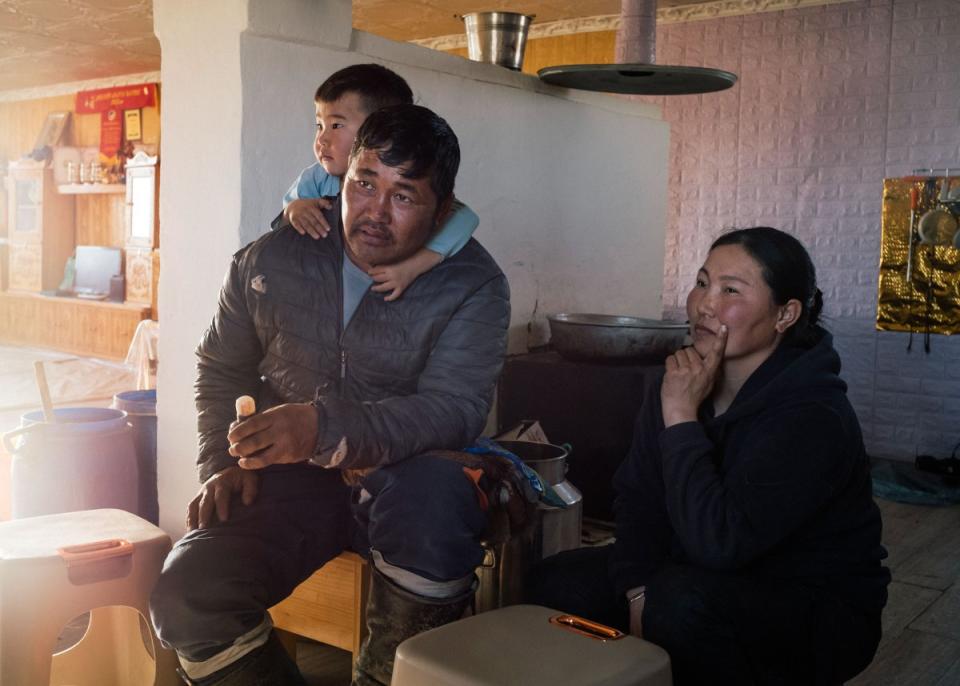
Along with subterranean uranium deposits, the Gobi also offers tremendous solar and wind potential. Back in 2011, Softbank CEO Masayoshi Son even proposed an Asian Super Grid linking China, Japan, South Korea, and as far south as Singapore to solar and wind farms blanketing the Gobi. Although such grandiose plans have stalled, Mongolia remains committed to becoming a net-zero economy by 2050 and hopes to set international standards for responsible resource exploitation. “The journey is just starting because of the global decarbonization shift,” says Orchlon Enkhtsetseg, a former mining executive who founded renewable-energy startup URECA. “So how do we put in policies now so that Mongolia is positioned as the most economically competitive place to buy renewable energy from?”
Yet competition also brings challenges. Orano is 90% owned by the French government, and Thoumyre insists Zuuvch-Ovoo “will certainly contribute to the energy security of Europe.” But Mongolia’s uranium requires processing at one of the dozen or so enrichment facilities around the world—and the closest are in Russia and China. Even if Orano wanted to ship elsewhere, Mongolia’s geography necessitates using Chinese ports. Oyun-Erdene insists “our two immediate neighbors do not interfere in our domestic affairs.” But few believe Mongolia would be immune to pressure if the West’s relations with Moscow and Beijing continue to deteriorate. “When it comes to resources and energy, when is geopolitics not involved?” asks Enkhtsetseg pointedly.
Recent experience also makes mining a contentious topic in domestic Mongolian politics, especially as parliamentary elections approach in June. “Resource development is probably the biggest dilemma that we’re facing as a country,” says Amarjin Nemekhbayar, an adviser to the chairman of the opposition Democratic Party of Mongolia. As commodity prices soared in the early 2000s, Mongolia briefly became the world’s fastest-growing economy, earning the sobriquet “Mine-golia.” Prospectors from across North America and Europe quaffed single-malt in upscale Ulan Bator nightspots. But the mineral boom was short-lived, and in 2017 Mongolia went cap in hand to the International Monetary Fund for a $5.5 billion bailout.
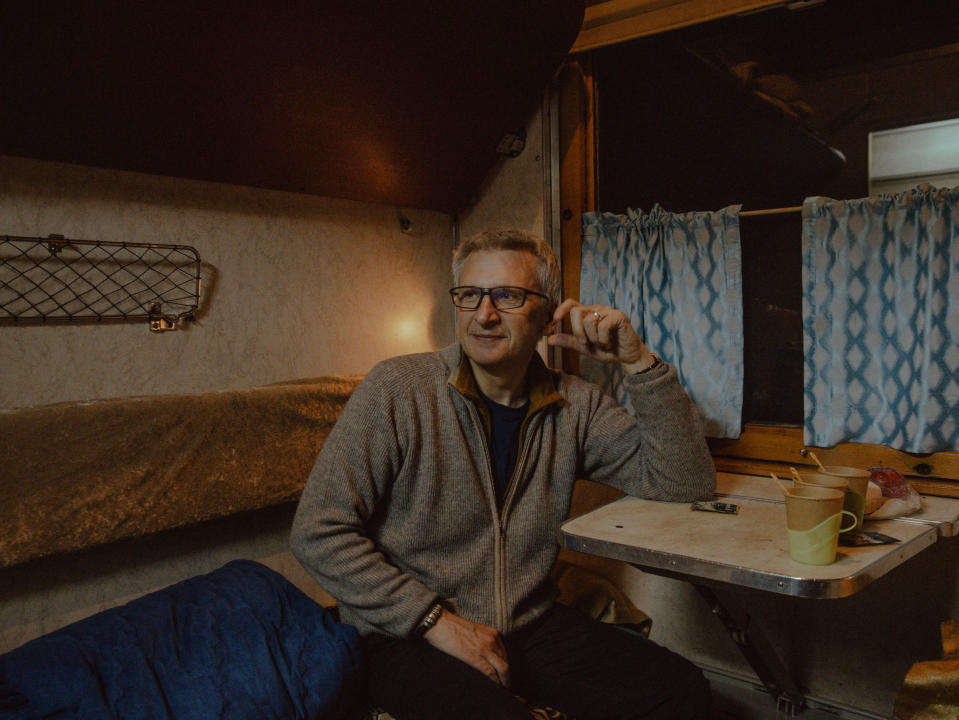
Mongolia boasts significant deposits of gold, copper, phosphorus, zinc, and lithium, as well as coal and uranium. The impetus is to “not repeat the mistakes of the past,” says Oyun-Erdene. “It is very important to go step-by-step.” Whereas Mongolia spent profligately during its previous mining boom, Oyun-Erdene says future revenues will be “put into a sovereign wealth fund and used to expand other sectors like agriculture and tourism so that we can diversify our economy.”
Past missteps also mean Orano’s joint venture has been closely scrutinized. Orano boasts a 90% stake in Badrakh Energy with 10% owned by Mongolia, reducing state liabilities, though that smaller slice will be “preferred shares,” receiving prioritized dividends and “guaranteeing over 50% of the global benefits of the mine go to the people of Mongolia,” says Thoumyre. Meleard estimates Mongolia’s share at over $2 billion over the project’s lifetime. October’s accord between Orano and Erdenes Mongol LLC was signed inside the Elysée Palace in Paris in the presence of French President Emmanuel Macron and Mongolian President Ukhnaagiin Khurelsukh. Yet despite this backing, the investment agreement remains stalled after two separate heads of the relevant working group were transferred to other posts. “We had to restart nearly from scratch,” Meleard sighs wearily. “Maybe we’ll have more chance after the election. It’s quite difficult to read.”
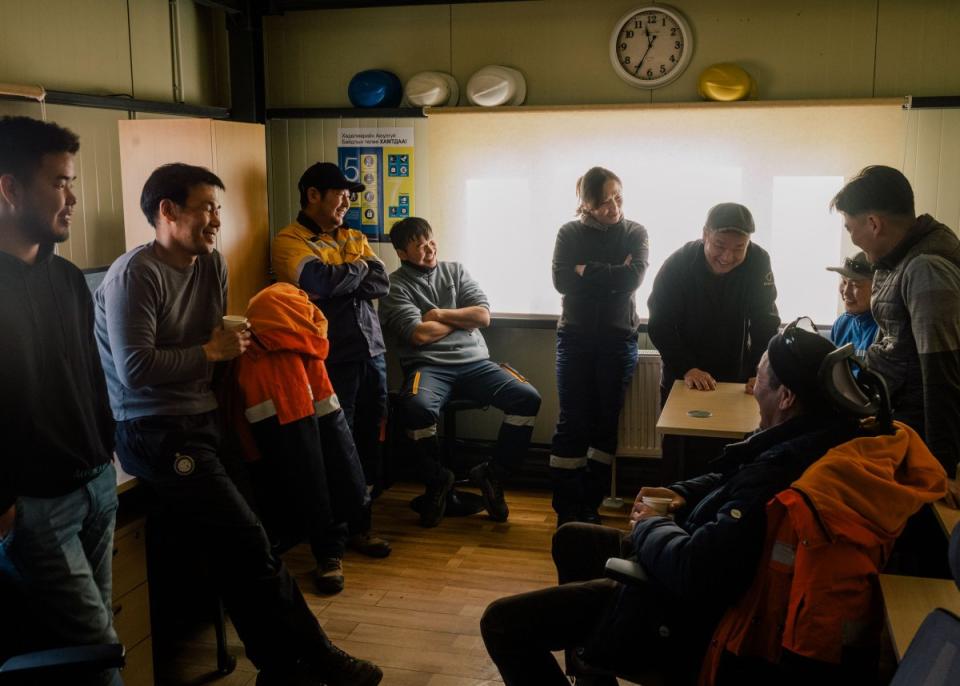
Orano has so far plowed $250 million into its Mongolia operation without earning a cent. Since 2006, it has launched over 300 projects including new community centers for herders and planting 20,000 native saxaul bushes to combat desertification. In the nearest town of Ulaanbadrakh, last year alone Orano helped renovate the hospital, meeting hall, museum, and school, which has 226 students 8 to 14 years old. Orano purchased 14 computers for the school in 2016 and is about to replace them for the third time. Touring the dozen immaculate classrooms, flanked by trophies and crayon drawings of Bart Simpson, the head teacher asks the tidily dressed children if they’ve heard of Orano. “Yes, it bought the minibus!” shouts one student. “The whiteboard!” chimes in another. “And the books!” says a third. The teacher uses our visit to make a spirited argument for why her charges also need tablets.
In the Gobi, Orano operates as almost a state within a state; when the local governor needs something, he doesn’t approach the cash-strapped central government, he goes directly to the mine. TIME saw a petition from the Mongolian military asking Orano for funds to repair the border fence. The seemingly endless flow of cash has engendered a sense of dependence and, perhaps inevitably, resentment.
“The French are penny pinchers; the Chinese mine gives a lot more,” complains herder’s wife Sarangerel Tsetsegee, seated by a cauldron of boiled beef bones in her brightly painted ger, as she picks gristle off a cow femur with a knife. Her gripe is that Orano contributed to the government’s emergency fund to provide hay during the dzud instead of doling out cash. “You should give the money directly to the herders!”
While you might expect the boss of a multibillion-dollar mining venture to travel by private jet or helicopter, Meleard chats with TIME on the rattling Soviet-era train he takes every few weeks for the 10-hour trudge between the Gobi city of Sainshand and Ulan Bator. He doesn’t begrudge due diligence, but his frustration is palpable. By comparison, Orano also entered Kazakhstan the same year as Mongolia and by 2005 was selling that uranium on the international market. Today, Orano extracts as much uranium in a single day from its Kazakh mine as the Mongolia pilot project produced across its entire 18 months of operation. And even that uranium still sits within 120 black drums inside shipping containers at Zuuvch-Ovoo, since Orano hasn’t been granted an export license.
Meleard admits that were Orano a private rather than state-owned firm, it probably would have abandoned Mongolia long ago.
“It’s already 27 years with only expenses,” he says with a Gallic shrug. “It’s really too long.” Such delays are “very specific to Mongolia,” he laments, as our train rolls out of Sainshand station.
Behind us, Danzanravjaa’s cosmic portal and its ethereal promise of Shambala fades into the gloom. But the prospect of a better tomorrow springing from the Gobi feels very real and very close—if only today can first be secured.
Write to Charlie Campbell at charlie.campbell@time.com.

